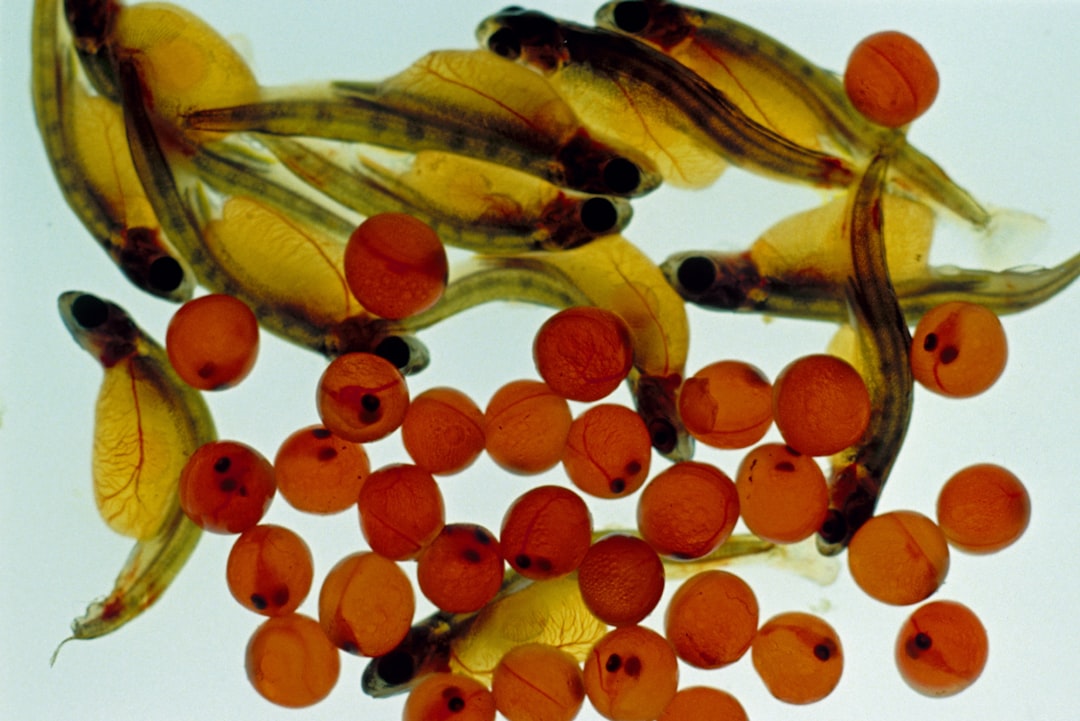What is it about?
Fine particles in the air are injurious to human health, reduce visibility, but cool surface-temperatures thereby partially offsetting the warming from greenhouse gases. The induced cooling (aerosol direct effects; ADE) also impacts the ventilation, especially in polluted and populated regions, which in turn exacerbate air pollution and associated human exposure. A combined assessment of these effects for historical and documented changes in the state of our atmosphere, show that mitigating aerosol pollution is beneficial in decreasing the impacts of climate change. Air pollution changes due to ADE translate to additional health benefits in regions with control measures, but a penalty in regions witnessing air quality deterioration.
Featured Image
Why is it important?
In our view there are two unique aspects of our work: (1) for the first time we demonstrate and quantify the significant modulation of air pollution and associated health risks arising from the atmospheric feedback mechanisms associated with aerosol radiative effects (ADE), and (2) unlike majority of prior studies that examine health risks of future air pollution/climate projections, the examination of this historical period helps us carefully evaluate and constrain the estimated changes in air pollution and those associated with aerosol radiative effects relative to historical observations, thereby providing more confidence in the estimated health risks.
Read the Original
This page is a summary of: Unexpected Benefits of Reducing Aerosol Cooling Effects, Environmental Science & Technology, July 2016, American Chemical Society (ACS),
DOI: 10.1021/acs.est.6b00767.
You can read the full text:
Contributors
The following have contributed to this page










